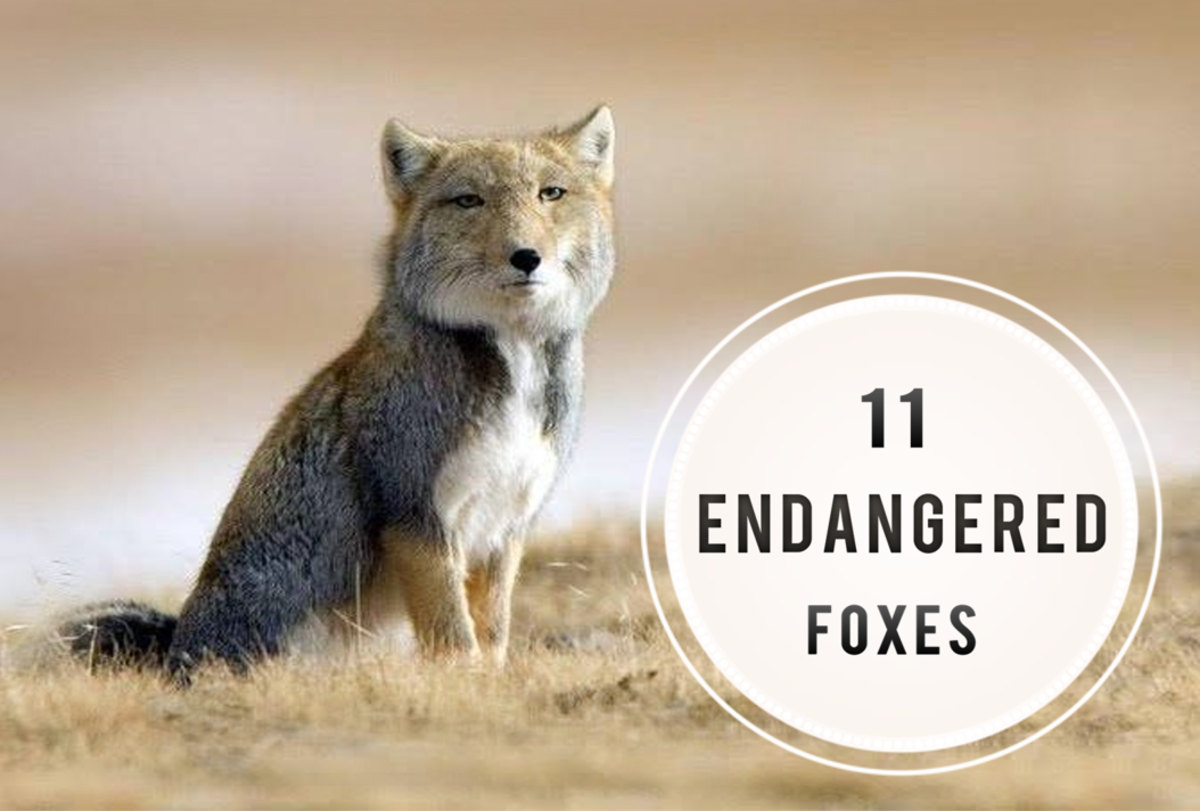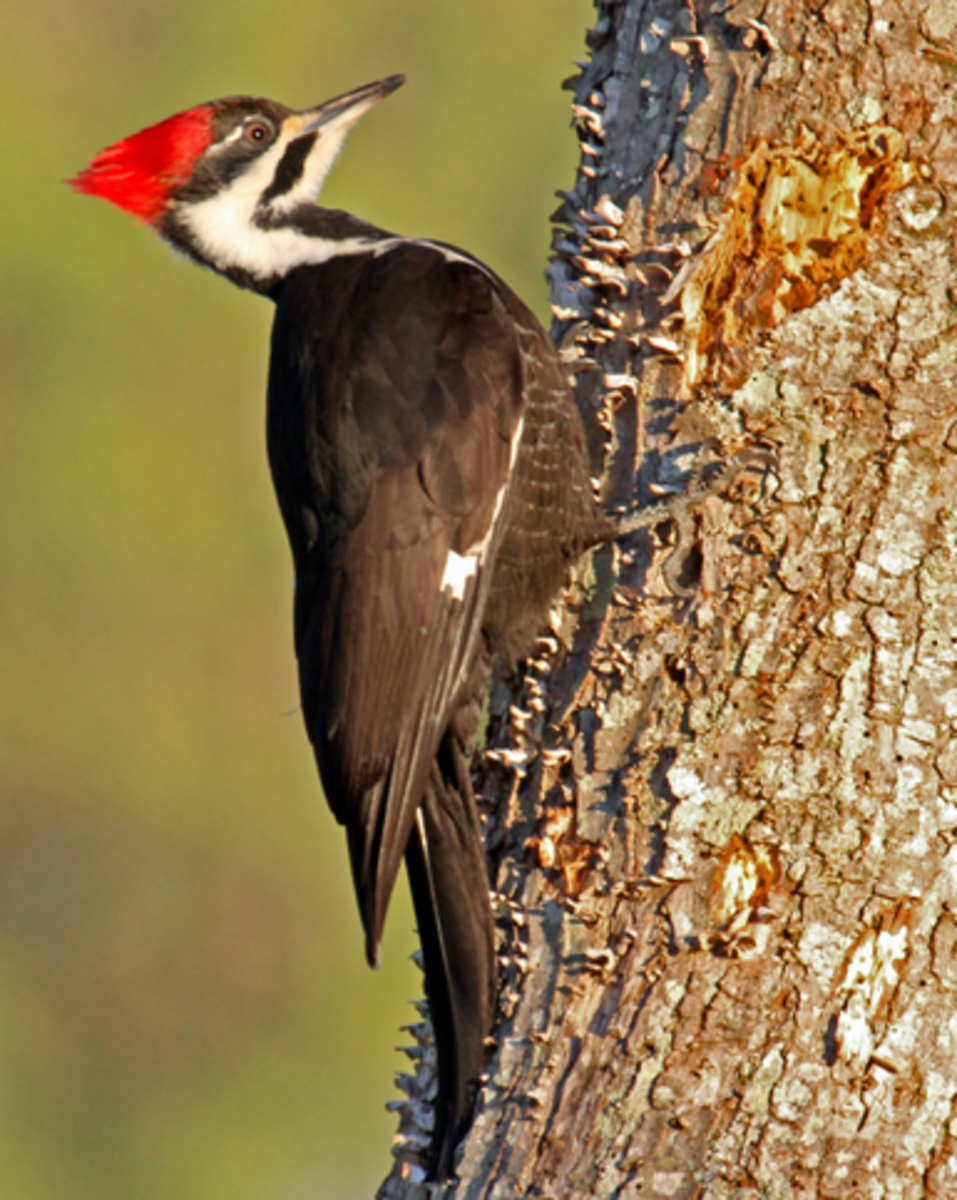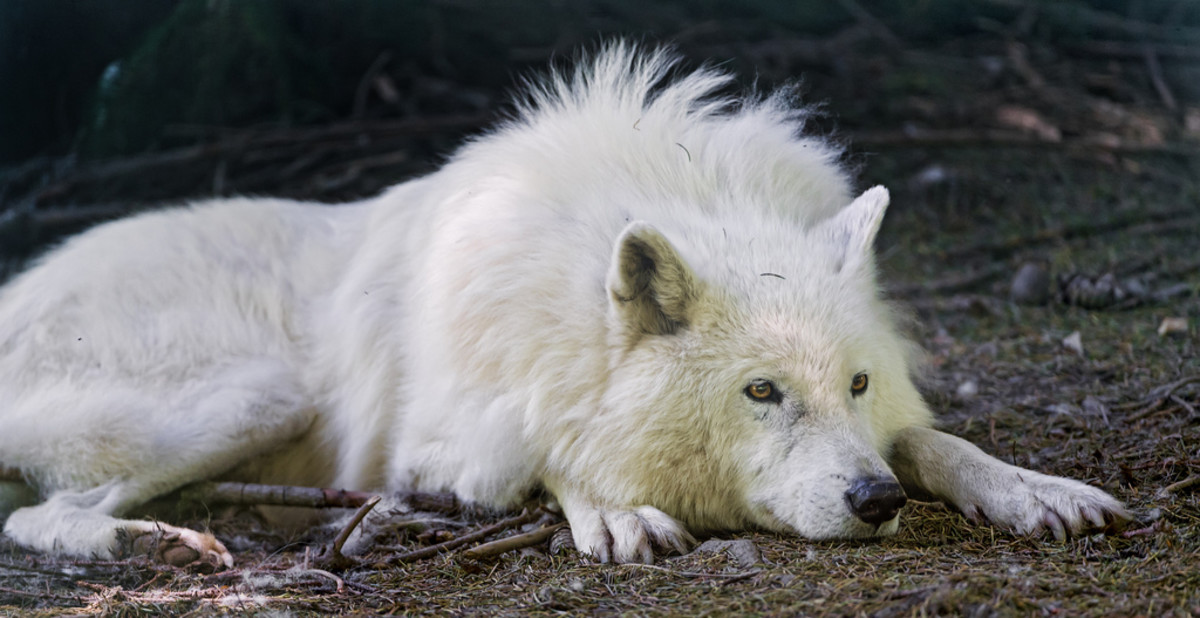The Unknown Fox Cousins Of Red Foxes
Red foxes are well known to most people, especially here in the United States, even if they aren't an animal we see everyday. What isn't thought about much, is the fact that they are wild relatives of the dog.
Among the wild relatives of the dog, the Red fox is the best known to most people. Civilization holds no terrors for this animal. Give it a limited amount of woodland, a bush lot or two, or a meadow in which to hunt mice, and it is at home, even using the cultivated fields of a farm as a hunting ground.
Indeed, today, with human encroachment upon landscape, seeing a Red fox stroll through the neighborhood or along the highways is not that unusual of a sighting.
The Red fox has a very extensive range thorough North America, During, and before, early colonial times, it was unknown in the south-eastern states, but since that time it has spread southward.
It is known that some of the colonists imported the European Red fox into Long Island and Virginia. Many people believe that the foxes of the southeastern states are descendants of those European red foxes, which mixed with native foxes from farther north.
As the Red fox is found in so many different environments throughout this extensive range, differences of size, shade of color, and texture of the coat would naturally occur.
The Red fox is not limited to North America. In its many species and sub-species, it is found throughout much of the Northern Hemisphere -- in Europe, most of Asia and northern Africa. It was also introduced into Australia.
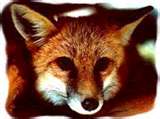
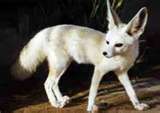
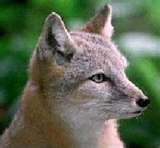
Many Cousins of the Same Species
Of the many forms of the Red fox, the European is the best known of all. Included in the kinds found in Asia are the North China Red fox, the South China Red fox, the Desert Red fox of the Gobi, the Tibetan or Hill fox, which dwells in the Himalaya area.
Then, there is the white-footed fox found in the drier districts of northwest India, along with the Bengal fox found throughout most of India.
The Egyptian Red fox and the Barbary fox are found in the arid regions of north Africa. Additionally, there are the small, long-nosed foxes, known as Sand foxes, and the Corsac fox, which are also both relatives of the Red fox and the wild dogs.
The Corsac fox is found in central Asia, and the Asiatic Sand fox in Tibet and Nepal, while other Sand foxes are found in the desert regions of southern Asia and northern Africa.
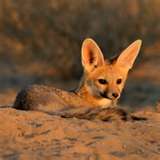
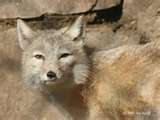
Dietary Habits of Red Foxes
Throughout his range, mice and other small rodents make up a large portion of the food of the Red fox. However, other small mammals, including birds, eggs, reptiles, insects, fruits, and berries are included in his fare.
Many people believe that poultry and game birds form the Red fox's chief bill of fare, but these fowl only make a small percentage of his diet.
There once was a scientific study in which a scientist examined more than two hundred stomachs of Red foxes killed in New York and New England. He discovered that only seven per cent of them contained poultry or game birds. Almost fifty per cent contained mice, and twenty-five percent contained rabbits.
However, it is important to remember that this study was conducted between October and March. So it is likely that in the spring and summer more game birds, insects, and fruit would have been eaten.
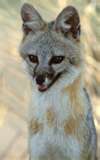
Homelife of Red Foxes
The home of the Red fox is generally a hole dug in a bank by the foxes themselves, although in the eastern United States, they may enlarge an old woodchuck hole to suit their needs.
In the spring, the young are born in this den. They may number from four to nine. Both the father and the mother are devoted parents and scour the countryside for food which they bring home to the young.
The cubs are blind until they are nine days old and do not venture above ground until they are more than three weeks old. They stay in or near the den for about three months. After that, they follow their parents on hunting expeditions.
At first they learn to catch grasshoppers and mice, but soon become skillful in capturing larger and more difficult prey.
Red Fox Pups
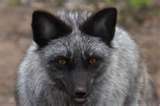
The Colors of a Red Fox
The Red fox is constantly being hunted by men with dogs, and is being trapped and poisoned. Yet, for all that, the animal is well able to take care of himself, at least in comparison to other animals.
In Europe and in some sections of the United States hunts are held, where a fox is followed by trained hounds and mounted hunters until he is run down and captured by dogs. In the eastern United States he is chased by trained hounds until he is driven past a waiting hunter, until he is shot. In the past he was widely trapped for his fur. So he was made a victim for recreation and profit.
The color phases (changes) of the Red fox frequently occur, especially in Canada and Alaska. The Black fox, Silver Fox, and Cross fox are all true red foxes and a litter may contain any of these colors and red as well.
In the past when it was fashionable to wear fur, black and silver skins were of considerable value and large numbers of these foxes were being bred in captivity in fox farms. During that era the Silver fox was developed. It is of a light smoky blue color and was also known as the Platinum fox.
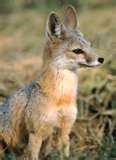
The Kit or Swift Fox
The Kit, or Swift fox, and the Desert fox (aka Long-eared fox), are small relatives of the Red fox and inhabit the plains and deserts of western North America.
The Kit fox is found on the plains from Saskatchewan and southern Albert, south to northern New Mexico. The Long-eared fox is a desert dweller and his range extends from California and Nevada south into Mexico and Lower California.
These little foxes are very close relatives and are of a buff color, with gray flecking on the back and sides. The Long-eared fox differs from the Kit fox in his lighter color and larger ears.
Their food consists of small mammals, birds, eggs, reptiles, insects and vegetable matter. Their homes are burrows and the young are generally three to five in number. Surprisingly, little is known about the habits of these foxes.
They are exceedingly fast afoot and often seek refuge in a burrow when chased or surprised by an enemy. Today, Kit foxes are an endangered species.
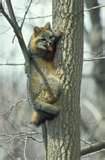
The Gray Fox
The Gray fox is found throughout southern North America. Its range extends as far south as Columbia and to northern South America. Although the Gray fox prefers forests to open farm lands, and lacking the cunning of the Red fox, which results in the consequence of being more readily trapped -- he still multiplies close to civilization.
In the east, the den generally is among rocks or it may be a burrow under a large rock. Occasionally, the family may have a burrow in a hillside. Hollow trees are sometimes also used as a den. There are three to five young in a litter. These are born in the spring and they are cared for by both parents.
In the Southwest, the Gray fox lives in the semi-arid districts and is as much at home among the thorn bushes and cacti of that region, as he is in the forests of the East. He is also found on several of the island off the coast of California.
The Gray fox differs from the Red fox, in the fact that he has a number of dens in which he sleeps and retires during bad weather. A Red fox prefers to sleep in the open under a bush or near a stump, and the worst winter weather has no terrors for him.
The Gray fox is noted for his ability to climb. In this skill he exceeds all the other wild dogs. Not only will he seek shelter in a tree when pursued, but on numerous occasions he has even been observed sleeping or sunning himself on a hawk's or a squirrel's nest high up among the branches.
Gray Fox
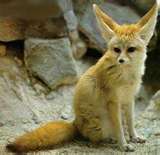
Many More Cousins
There are many more species of foxes. Some of the noteworthy ones are like the Arctic fox of the Far North, particularly in Alaska. Then, there is the Chama or Silver fox of South Africa. Another species, is the Fennec fox, who is thought by many to be the prettiest of all the foxes. Other foxes and wild dogs include:
- African Long-eared fox
- Maned wolf (who is actually a fox)
- Crab-eating dog
- Colpeo
- Falkland dog (aka Antarctic wolf)

